As a church, you have lots of 'traditional' and print media under your control, including printed materials, and various forms of signage. In an ideal world, all of these would follow your church’s ‘branding’, i.e., it’s colour palette, logo, fonts, photography style and tone of voice, also known as ‘look-and-feel’. They would seek to convey the same message and style. In reality, it can be hard to keep all these resources and channels in sync with each other. We recommend that you don't try to do it all at once! There may also be a certain charm in a collection of styles which recall the history of a place and its people.
Traditional Print Media
You are probably familiar with various design and publishing tools, but the one we recommend most often for parish communications is Canva. It has templates and tools for traditional print design as well as for social media and other digital media. As a non-profit organisation, you should be able to access not just the free version, but the essential pro features for free. Canva has similar capabilities to other design tools like Adobe, but is very accessible for people with little or no design experience and it has many pre-designed templates, designed by professional designers, that can help you create something that looks good with minimal effort. It is worth getting to know your way around Canva, and the best palce to start is the national church's online resource, Digital Labs. You can find everything you need to get started on Canva on the Digital Labs web page here. There are usually a few pre-recorded or live webinars about using Canva on Digital Labs, check here for the latest.
Parishes with Canva accounts can access Hereford Diocese brand and campaign resources by xxxxxxxxxxxxxxxxxxxxxx.
The national church creates its Lent and Advent visual resources to be Canva compatible, and at the relevant time these can be accessed through the CofE website, another good reason for churches to use Canva as their preferred visual design tool.
For those of you familiar with Microsoft Publisher, you need to know this product is being discontinued by Microsoft from October 2026. If you are creating content in Publisher, using Microsoft 365, you will need to find a different tool and you will not be able to open Publisher files after that date.
Print can be expensive. We recommend obtaining several print quotes, including local resources and online printing services. Local printers can often match the online quotes once the online printers add the cost of shipping, VAT, proof checks etc. and your local printer can often trouble shoot your design, recommend finishes, meet a deadline and even recommend a designer or design a leaflet in-house.
CPO is a Christian organisation specialising in printing, finishing and fulfillment for churches, and has a lot of pre-designed templates, including those on their CofE Print Shop hub.
Church House Publishing is a good source for pre-printed leaflets, posters etc.
Online printing services you may want to consider include:
The Diocese publishes some regular content online which can be used in your pew sheets and parish magazines. You can find it all at the Parish Newsletter page of our website here.
Parish News is a round-up of the last month's news from our eNews digital weekly newsletter, plus the monthly address from one of our senior clergy, delivered in a downloadable and print-friendly format which you can print and distribute, insert in your parish magazine or pew sheet, or copy and paste selected items in your own magazine.
Parish Magazine Article is a montly reflection by one of the diocese's senior clergy, typically the Bishop, Dean of Hereford Cathedral, or one of our Archdeacons. It can be copied and pasted into your own parish magazine.
God's Acre Content is a monthly reflection by the team at Caring for God's Acre, and can be copied and pasted into your own parish magazine.
Diocesan Prayer Diary is a quarterly printed publication listing the people, places, organisations and situations we are collectively praying for as a diocese, and the prayers we are saying for them. You can pick up a copy in the diocesan officeIt is also available digitally via the Prayer page of our website here.
Noticeboards, signage and displays
Your physical church noticeboards, signage and displays are an important part of your visual presence in the community. They are an opportunity for the church to communicate directly with its members, and passers-by who may be on the edge of faith.Below you will find some ideas and tips for effective use of these media. There are also some important regulations and requirements which you must follow. Let’s start with those:
There are not a lot of these, but they are very important, not only for the safety of everyone who comes into contact with your church, but also to make sure you don’t have to rectify expensive errors. A planning fine can be thousands of pounds which could fall on the PCC.
Displaying Safeguarding Information
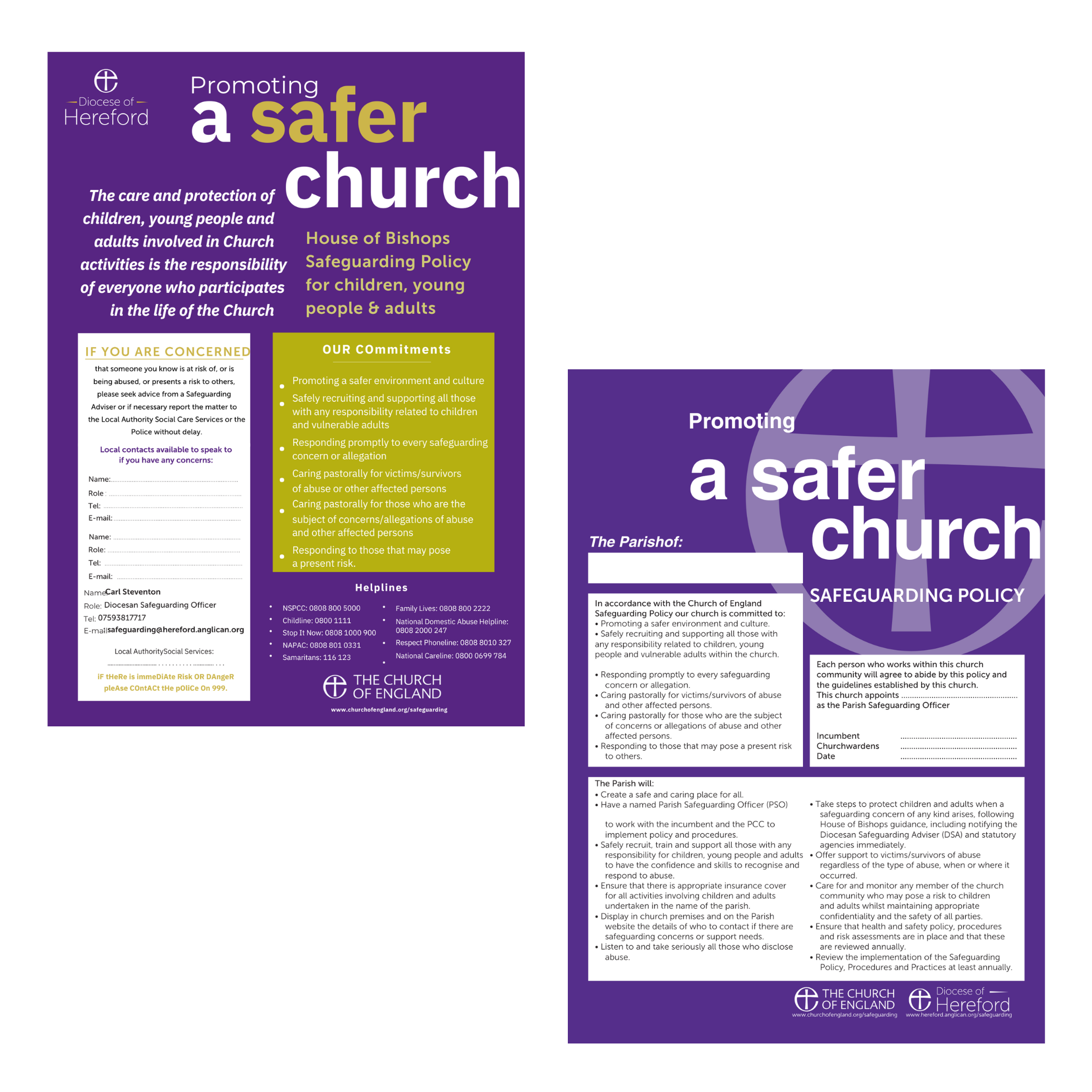 |
The Diocese requires each PCC to display relevant safeguarding notices on church notice boards. These notices come in the form of two posters, pictured here. One poster details ‘Whom to contact if there are any safeguarding concerns’. The second poster is a one-page summary of the ‘Promoting a Safer Church’ Policy. To be compliant, both posters need to have the relevant local information filled in. These should be displayed ‘prominently’, for example on at least one of your external noticeboards and on your main internal noticeboard. If you have a noticeboard in your porch that could be another good place for these. Ensure information is displayed about how to contact the Diocesan Safeguarding Officers and Parish Safeguarding Officer (who cannot be the local priest) and how to get help outside the church with child and adult safeguarding issues. In our diocese, this requirement is satisfied by displaying the diocese’s posters, correctly filled in, as noted above. The Church of England also requires church noticeboards to display a formal statement of adoption of the House of Bishops’ ‘Promoting a Safer Church: Safeguarding Policy Statement’. This should be signed on behalf of the PCC. If you are in any doubt about what Safeguarding signage needs to be displayed, how and where, please contact your Parish Safeguarding Officer or the Diocesan Safeguarding Officers. |
How Faculties apply to Noticeboards and Signage
Do check if you need a faculty to change your noticeboard. Cosmetic changes to an existing external noticeboard are fine, but a replacement with a new noticeboard even of the same size and shape will need a faculty, as could moving the existing noticeboard or installing a new one in a different location.
The following is the formal guidance from the Church Commissioners about when a noticeboard does and does not need a Faculty:
“Under List A, the repair, repainting, or like-for-like replacement of a noticeboard can be done without permission on condition that the wording is not changed, apart from updating information. If it is a replacement, the Town and Country Planning Regulations 2007 must be complied with, that the board is not illuminated and any ground disturbance is kept to a minimum.
“Under List B, the introduction, replacement or alteration of a noticeboard requires permission from the Archdeacon as long as the board is not illuminated and follows the Town and Country Planning Regulation 2007.
“All other works will need a faculty, and you should consult your DAC in the first instance.”
Local Planning Authority Consent
You will also need to check if the new board needs planning permission from the local authority. This only applies to external noticeboards in churchyards and lych gates. The Church of England has comprehensive advice about local authority permissions on its website here https://www.churchofengland.org/resources/churchcare/advice-and-guidance-church-buildings/noticeboards#na but even they say you may need to seek legal advice.
The following is the formal guidance from the Church Commissioners about local authority permissions relating to noticeboards.“Under the Town and Country Planning Regulations 2007, the display of advertisements require consent from the local planning authority before they are introduced; however, there are certain categories of deemed consent so long as the advertisements comply with certain conditions. Unless the proposed advertisements fall within one of these categories and meet all of the conditions, express advertisement consent will be required from the local planning authority. Of the various categories of deemed consent set out in the Regulations, there are two which, in most circumstances, will apply to churches and churchyards: category 2A and category 2C. Other categories of deemed consent may apply. Please refer to the Regulations for further information.”
This is the more fun part, deciding the ‘look and feel’ of your public-facing, physical identity materials. In most cases you will debate and plan any changes with your PCC. Some things to think about:
Physical Positioning and Choice of Materials
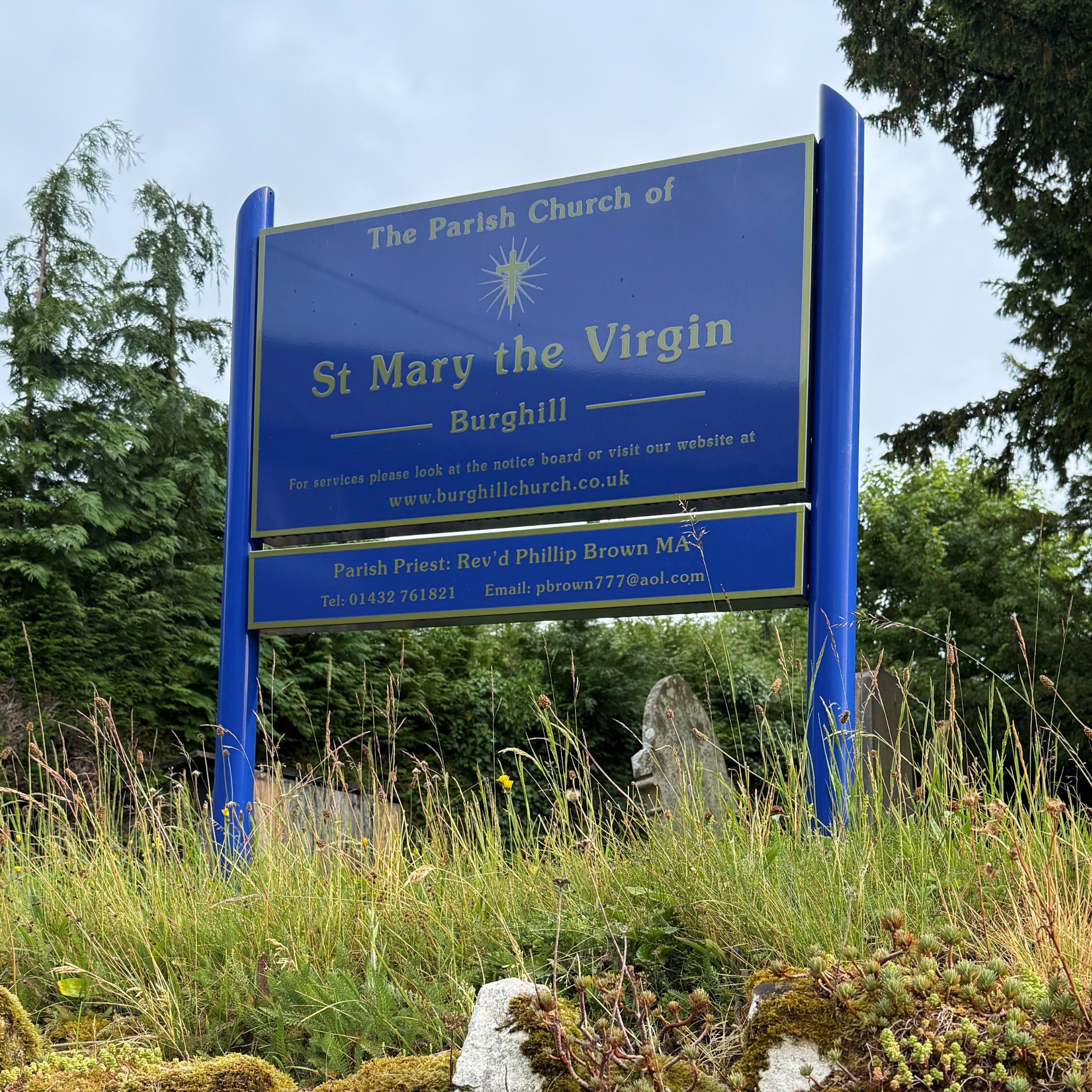 |
|
Security
Will locks make it difficult for people to post important fliers and information when needed? Can part of a noticeboard be locked, where more permanent information is posted, and part be accessible for parishioners and PCC members to post more transitory content? Who will hold the keys?
Maintenance
Who is responsible for taking down out-of-date content and keeping the whole thing looking fresh and inviting? Do you need a rota or is this better assigned to one person?
Target Audience
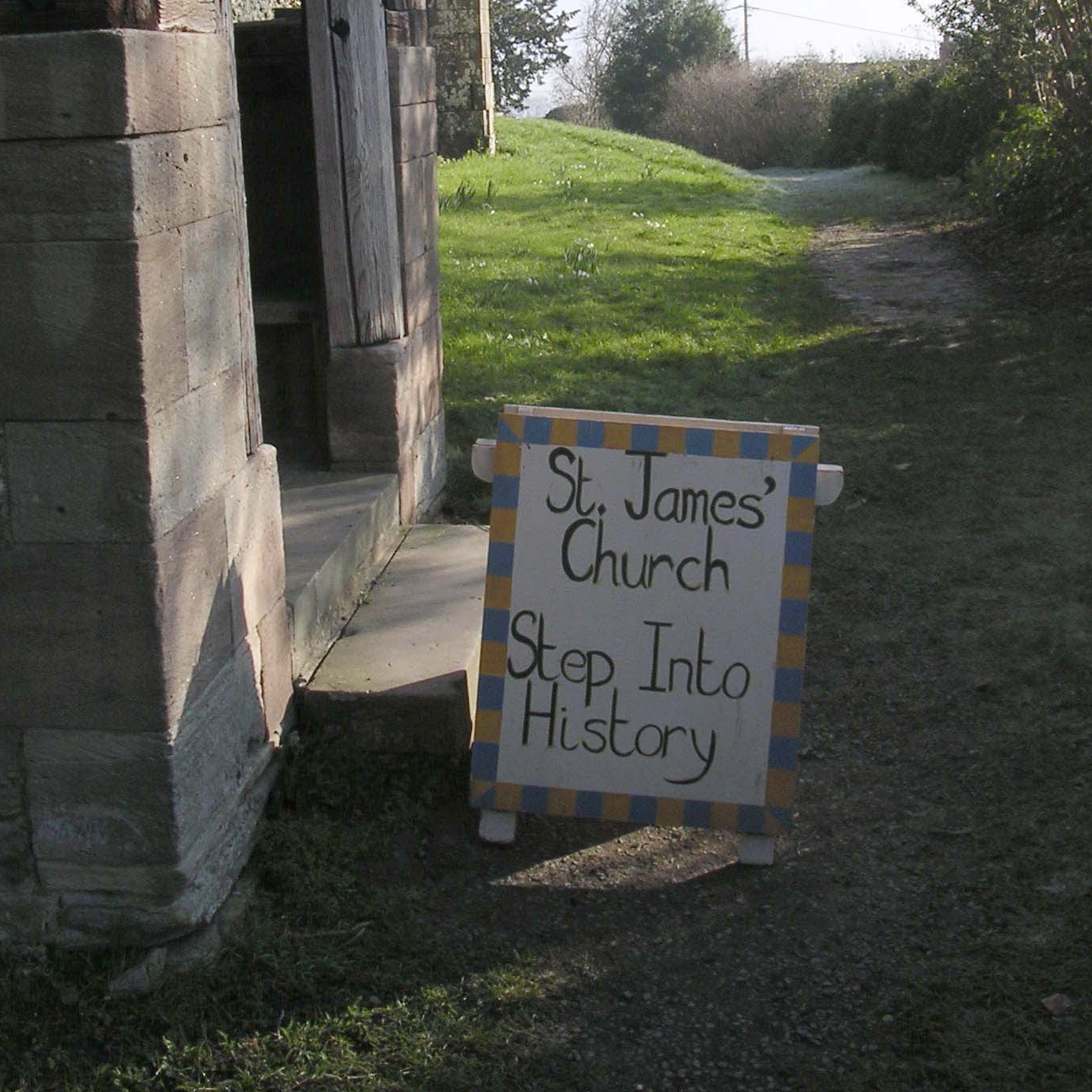 |
|
When thinking about passers-by, for example:
- Opening times for visitors and accessibility for private prayer – this is especially important if you’re on a tourist route and may encourage people across the threshold.
- Where and when people can go for a chat with the priest or pastoral team, or for help, either from the church or resources such as The Samaritans?
- Do you have a school nearby? What activities can you promote to these families?
- For new residents or people thinking about church, photos of events may interest them.
- For older residents, do you have people who can give lifts to and from services?
- Some good news about community activity such as a community fundraiser, weddings and baptisms.
- Funeral service contact information.
The congregation will want information about things like:
- Service times and locations;
- Rotas and contact information for routine activities;
- Upcoming events like Bible Study, Alpha Courses, Messy Church etc.
Content
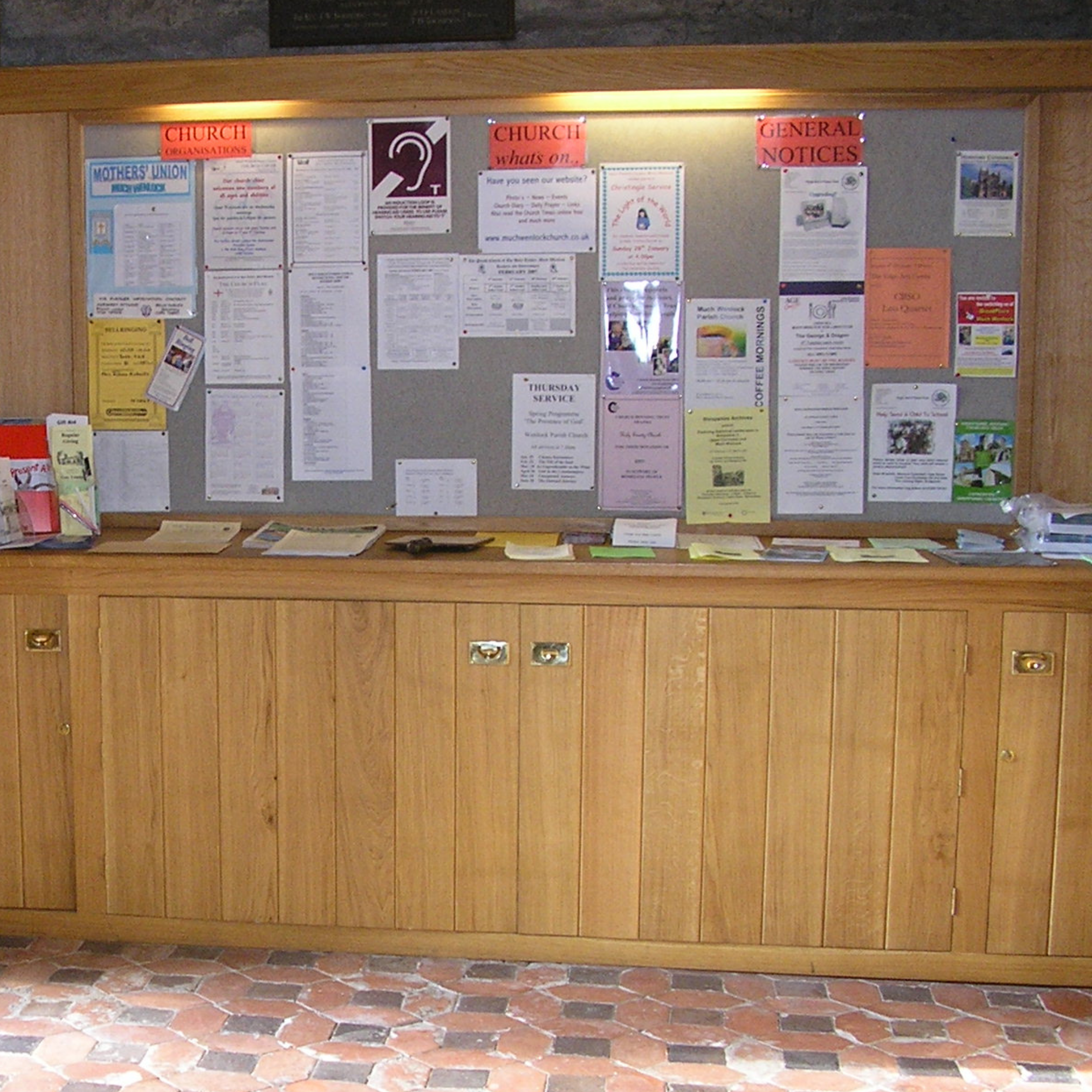 |
|
Design
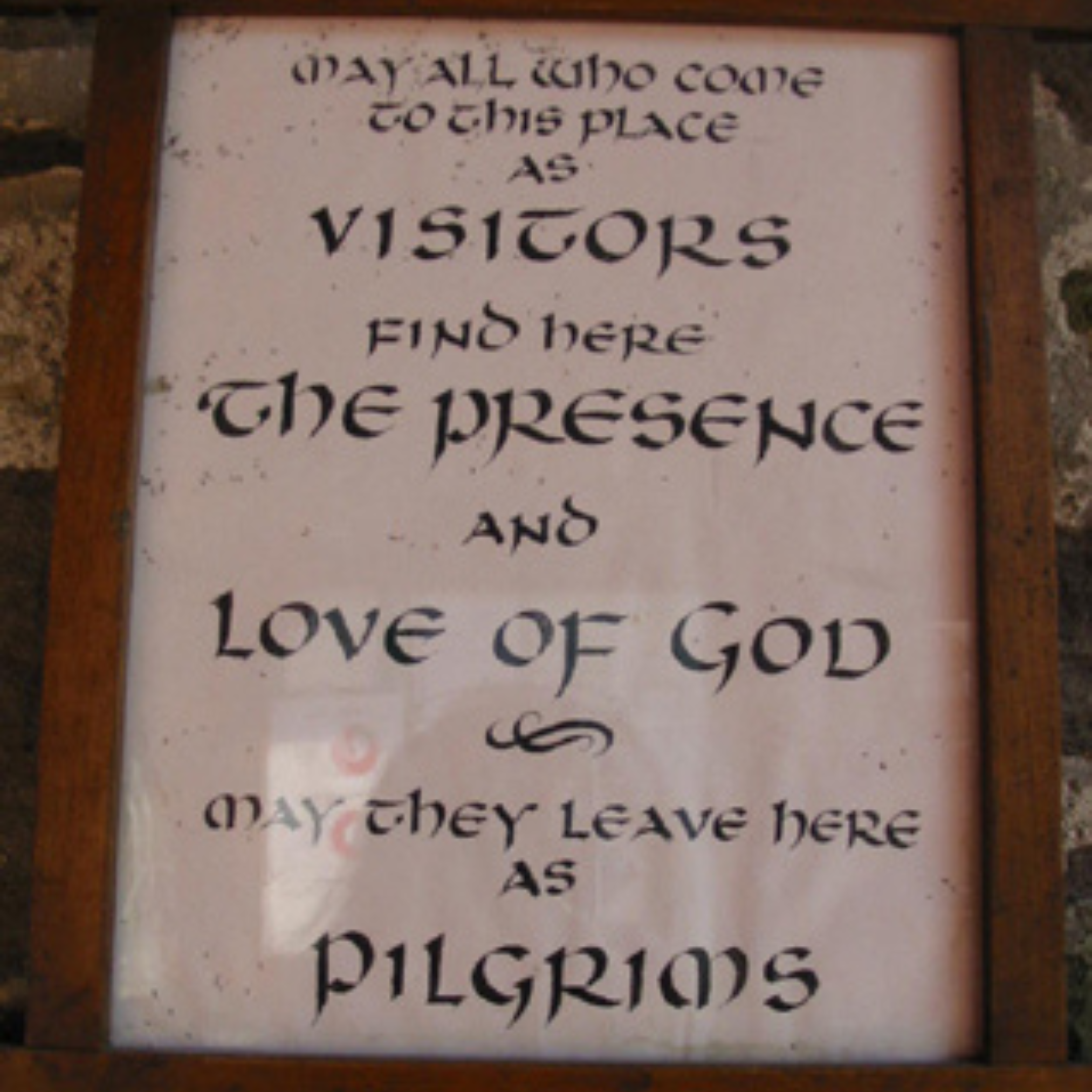 |
|
Resources
 |
|
Guidance can always be requested from the diocesan Property Team; find out more on their web page.
The diocesan Communications Team is also available for advice and support via email.
For full guidance from the Church of England about noticeboards and signage, see their website, which states:
“This guidance is issued by the Church Buildings Council pursuant to its powers under section 55(1)(d) of the Dioceses, Mission and Pastoral Measure 2007. As it is statutory guidance, it must be considered with great care. The standards of good practice set out in the guidance should not be departed from unless the departure is justified by reasons that are spelled out clearly, logically and convincingly. Issued by the Cathedral and Church Buildings Division, May 2022. ©Church Commissioners”
Further Useful Links

Meet the comms team, logo, style guide and other useful templates

Websites, AChurchNearYou, Social Media, Email
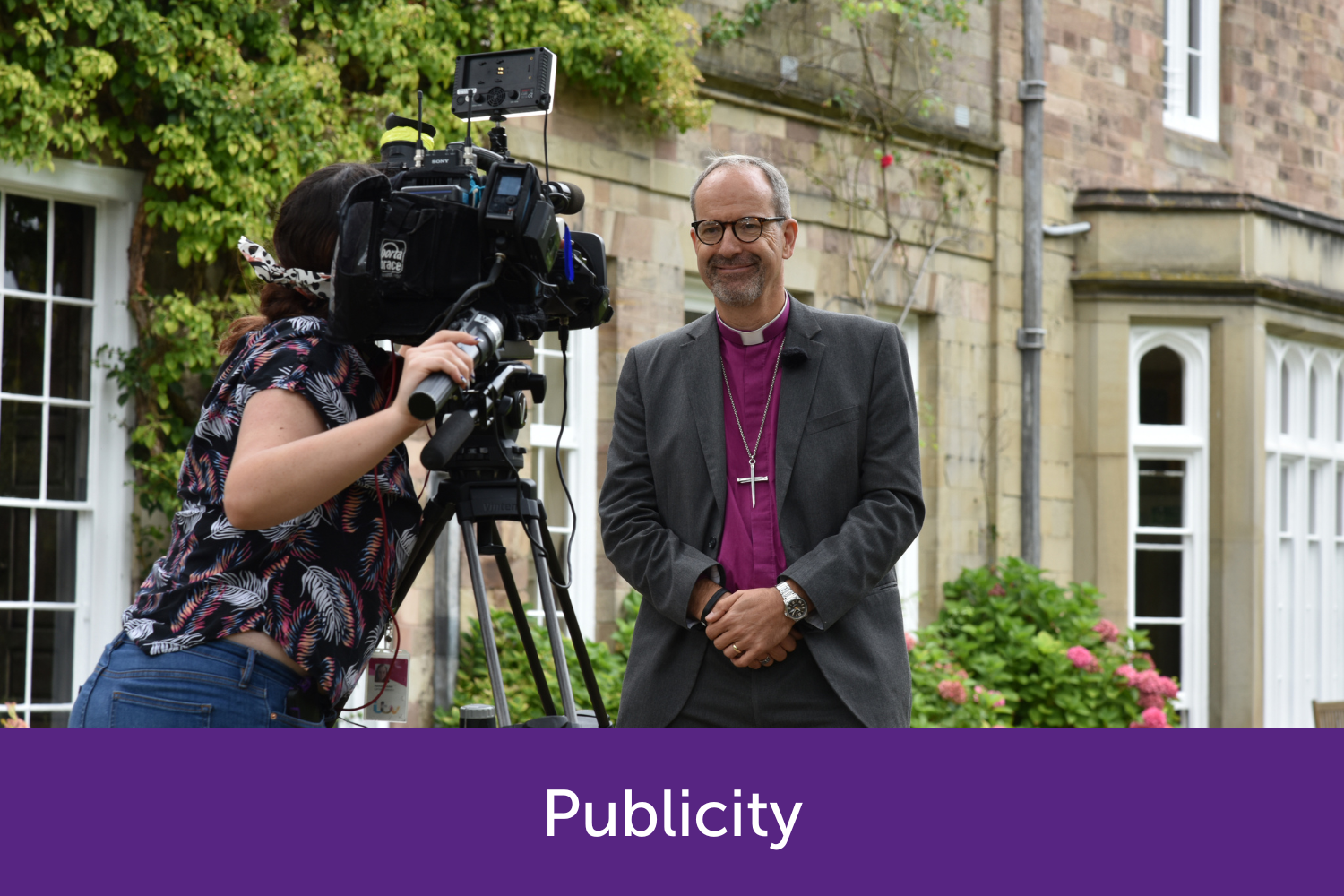
Dealing with the press, photography & video, your church as a filming location, and copyright issues